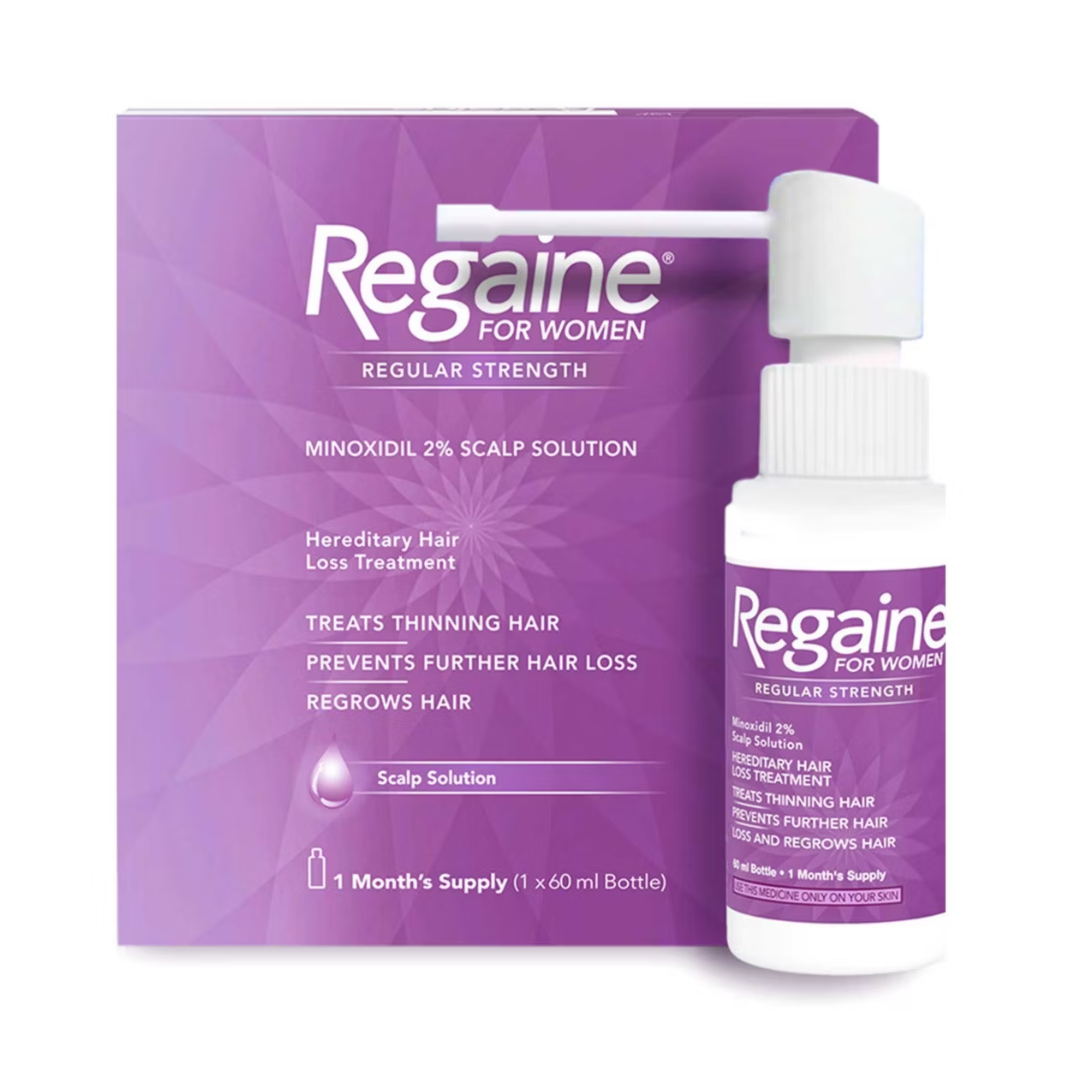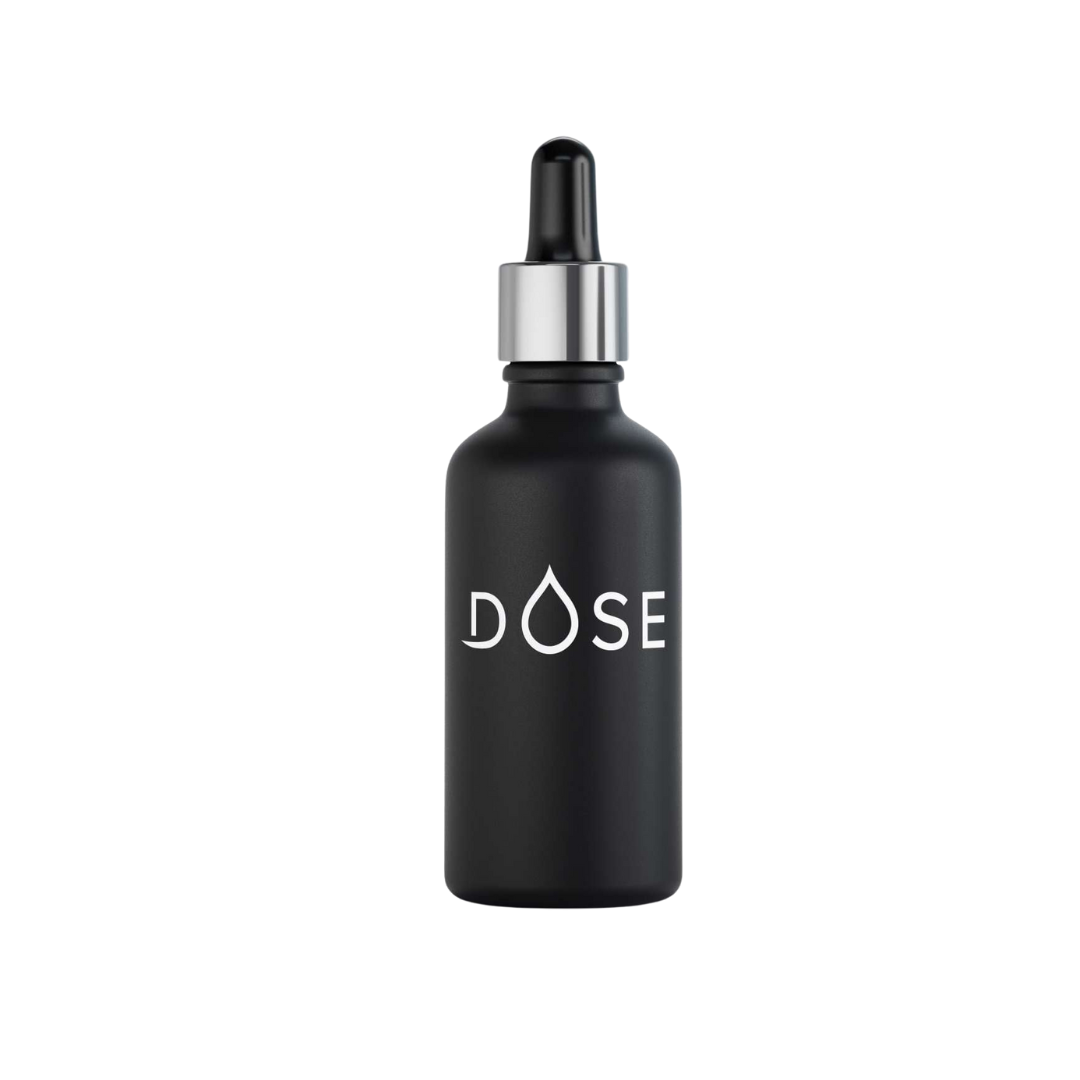Minoxidil Is Proven to Reverse Hair Loss, Boost Growth and Thicken Strands, but You Have to Use It Correctly—Here’s How
Everything you need to know about the miracle drug


Certain ingredients have stood the test of time in their respective fields—and for hair loss, it has unequivocally been minoxidil.
The hair growth sector—and our endless pursuit for long, thick hair—has led to an incredibly saturated market. Dr Sharon Wong, consultant dermatologist and co founder of DOSE, a range of accessible medical grade hair loss treatments, tells Marie Claire UK that there has been a boom in cosmetic anti-hair loss treatments that are not regulated in the same way as pharmaceuticals in terms of efficacy. "This has led to an overwhelming abundance of products carrying unsubstantiated, misleading and unrealistic claims," she says.
"For many people the shear exhaustion of navigating conflicting information and trying endless products that fail to deliver, ultimately leads them to seek evidence-based, clinically proven treatments which have been rigorously tried and tested over many years—and minoxidil has certainly stood the test of time," she continues.
Topical minoxidil is a synthetic drug that is used in products to promote hair growth. It has been clinically proven and licensed for the treatment of male and female pattern hair loss since the 1990s and collectively has a significant amount of research and clinician experience to support it as a safe and effective treatment. Dr Wong adds that: "Amongst doctors, Minoxidil still remains a cornerstone treatment for hair loss after all these years, and there is a reason for that!"
However, when it comes to minoxidil there is a set of rules that must be maintained for optimal results. If followed correctly, users can notice incredible developments, but consistency really is key. Ahead, everything you need to know about minoxidil, and how to get the most out of it.
How does minoxidil work?
Consultant dermatologist and medical advisor at Hims, Dr Mia Jing Gao, explains that minoxidil is thought to work as a vasodilator, meaning it may help widen the blood vessels in the scalp, allowing more blood flow and oxygen to reach your hair follicles.
"Improved circulation may help support a better environment for healthy hair. It also helps to increase the size of the follicles themselves. Some studies suggest that minoxidil influences the hair growth cycle by shortening the resting (telogen) phase and extending the active growth (anagen) phase. In other words, it gives each hair a longer window to grow, supporting healthier-looking hair."
Celebrity news, beauty, fashion advice, and fascinating features, delivered straight to your inbox!
When do you start noticing a difference?
When you begin using a treatment like minoxidil, you can think of it as starting a long-term relationship with your hair, explains Dr Gao. "With daily use, minoxidil has been shown to help regrow hair in three to six months. This might look like less visible shedding, or the appearance of increased hair coverage around the hairline or crown. Patience and consistency are key. Changes tend to develop gradually, in line with the natural hair growth cycle."
Is it true that you can't stop taking minoxidil?
"Minoxidil should be used consistently to maintain its effects," states the expert. "If treatment stops, any benefits may gradually fade over time. Research suggests that hair loss typically resumes within a few months of discontinuing use, which is why staying consistent is so important. In other words, minoxidil often works as part of a sustained routine, not a short-term fix.
Does this mean you'd be dependant on minoxidil?
"Minoxidil’s effects are generally sustained with continued use," replies Dr Gao. "Think of it as supporting ageing hair follicles: much like other anti-ageing treatments, continued use helps maintain the benefits and keeps your hair looking healthier for longer."
What happens if you start using it intermittently?
Inconsistent use of minoxidil may reduce its effectiveness over time. "If application becomes irregular, hair follicles may revert to their previous cycle, causing regrown strands to thin or shed over time," says Dr Gao. "Of course, missing an occasional day is unlikely to have a noticeable impact, but stopping for longer periods may lead to a return of shedding or hair thinning in some individuals."
Can you notice a decrease in hair volume after missing one day?
"No, missing a single application is unlikely to have any immediate impact," says the expert. "Hair growth is a gradual biological process, and changes develop over time. However, prolonged gaps in treatment may reduce the benefits of the treatment and eventually lead to hair shedding in some individuals. So, while you don’t need to panic if you forget once, it’s best to get back on track with your treatment plan as soon as possible to maintain momentum."
Best minoxidil products

Nessa Humayun is the Beauty Editor at Marie Claire UK. With over eight years of editorial experience across lifestyle sectors, Nessa was previously the Editorial Lead of HUNGER Magazine, and has bylines in British Vogue, Dazed, and Cosmopolitan. A self-confessed human guinea pig, Nessa covers everything from product must-haves to long-reads about the industry writ large. Her beauty ethos is all about using products that work hard, so you don't have to.


